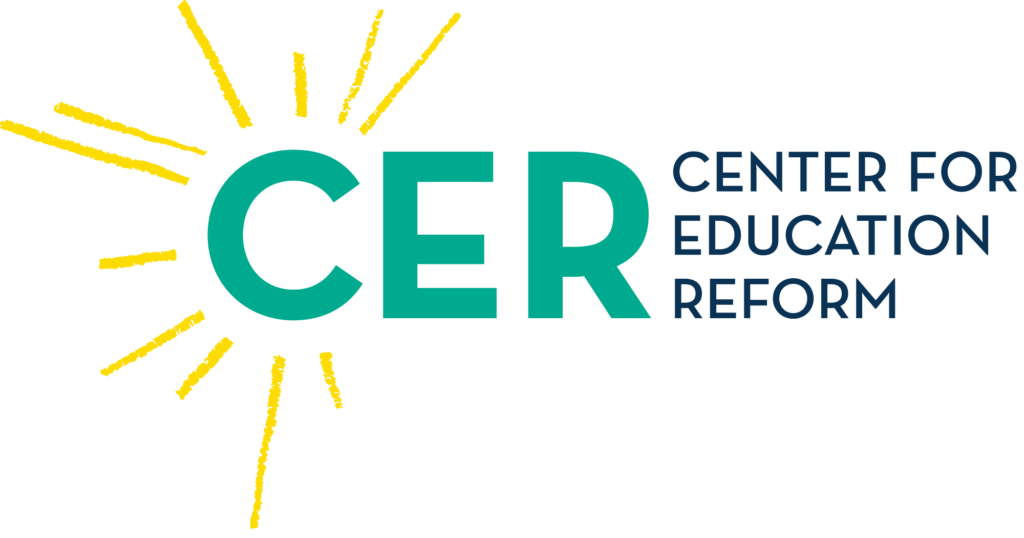The Trump Administration today announced a sweeping shift of federal education programs out of the U.S. Department of Education and into multiple federal agencies through new interagency agreements that do not require congressional action. This move builds on earlier executive actions and longstanding Administration commitments to reduce federal micromanagement in education.
According to the announcement:
- The Department of Labor will assume major responsibilities through a new interagency agreement, including programs within the Office of Elementary and Secondary Education and selected postsecondary programs—the most significant change outlined today.
- The Department of the Interior will take on programs related to Indian Education.
- The Department of Health and Human Services and the Department of State will absorb additional education-related programs.
Read: Official Announcement from the U.S.Department of Education
Jeanne Allen, Founder & CEO of the Center for Education Reform (CER), issued the following statement:
“Today’s move is exactly what this Administration has said it would do: disrupt a federal system that hasn’t worked for students in decades. It won’t be seamless, and it won’t succeed unless the new agencies clearly communicate with states, communities, and parents about their new flexibility — how funds can be better spent, and how to avoid getting snared in fresh compliance traps. But shifting power closer to communities is the right direction.”
Allen noted that today’s announcement should not surprise anyone:
“This Administration made clear from the outset that it intended to streamline—or sideline—a Department that had grown into a compliance-heavy bureaucracy rather than a catalyst for educational excellence. For decades, the Department of Education has issued layers of rules, guidance, and red tape that burden schools instead of supporting them.”
She added that the existing system’s failures are visible everywhere:
“As I’ve argued repeatedly, the Department has become an obstacle—not a partner—to good education. Districts have increasingly become real estate, HR, and compliance operations rather than institutions centered on student learning. The recent UCSD analysis showing students with under 30% proficiency entering college is yet another stark reminder that the current model is broken.”
Allen emphasized that states and communities will need guidance to make this transition work:
“Moving programs to agencies with very different missions requires real communication with governors, state chiefs, community leaders, and parents. They need clarity on their new flexibility, how funding can be better used, and how to avoid stepping into new compliance pitfalls. These agencies are not going to hire hundreds of new staff and recreate the compliance machinery. The opportunity lies in administering programs cleanly and letting communities determine what works.”
Allen added that the traditional education establishment may resist the move:
“More than a thousand education groups draw their relevance, funding, and political power from the federal bureaucracy. They will predict disruption because it threatens their interests, not because it threatens students.”
She urged leaders across the political spectrum to seize the moment:
“This shift creates new space for every education leader — Republican, Democrat, independent — to rethink how they serve students. Washington should not dictate how every school in America operates. If this transition reduces bureaucracy and puts decisions closer to families, students will be the better for it.”
CER will continue to analyze and report on the implications of today’s restructuring as details unfold at edreform.com and on X (@edreform).

